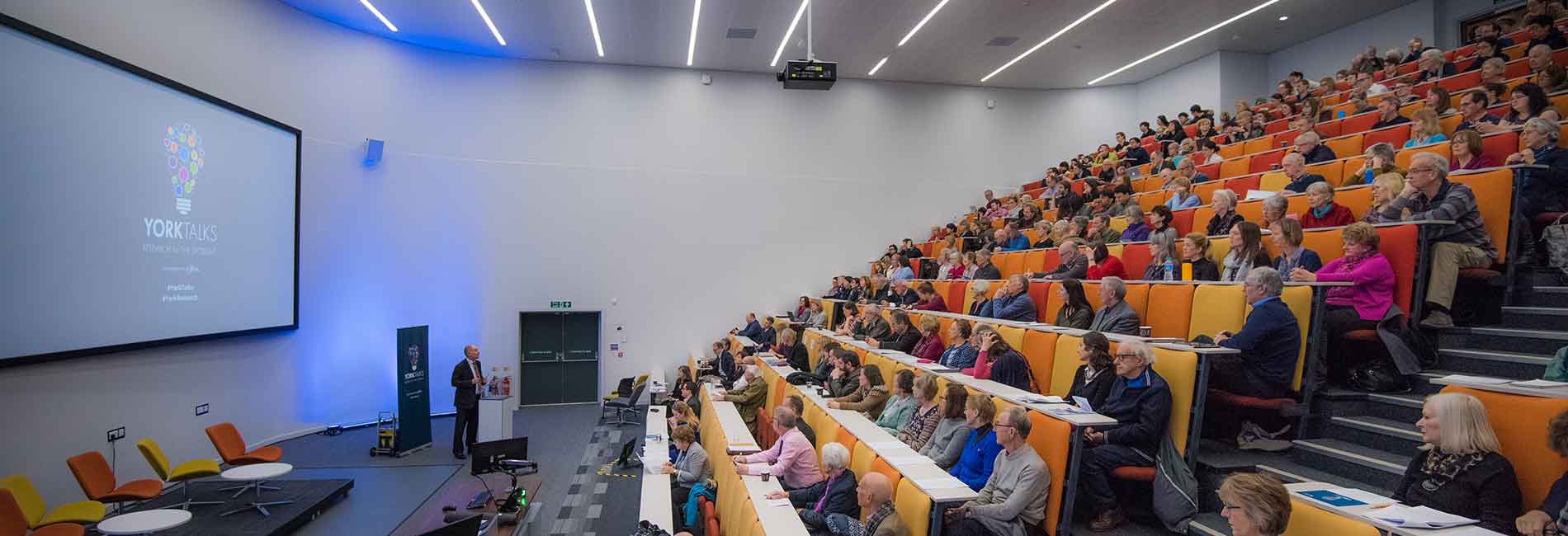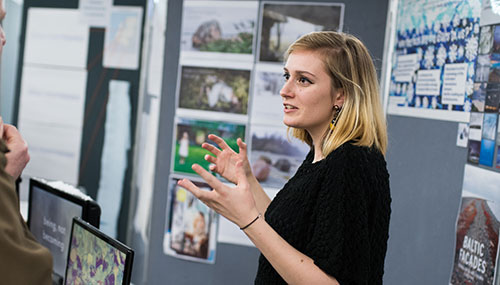Digital technologies have become critical to healthcare, for example, transferring and maintaining electronic health records and electronic prescribing. Recently, the healthcare landscape has expanded with the use of mobile health apps, empowering patients to take a more active role in their care. Patient safety is a fundamental concern, though. While these new technologies can potentially improve patient safety, they may also introduce new hazards. Electronic prescribing can reduce transcription errors, but it may also increase the risk of 'alert fatigue', with patients becoming desensitised to the urgency of alerts.
Using his knowledge of system safety in the aviation and automotive industries, Dr Ibrahim Habli explained how his work with NHS Digital has resulted in new tools and models being developed that enable clinicians and engineers to work together to identify hazards that could compromise patient safety. These models are now being deployed in the NHS to improve the way risk of these hazards is communicated, assessed and mitigated.




